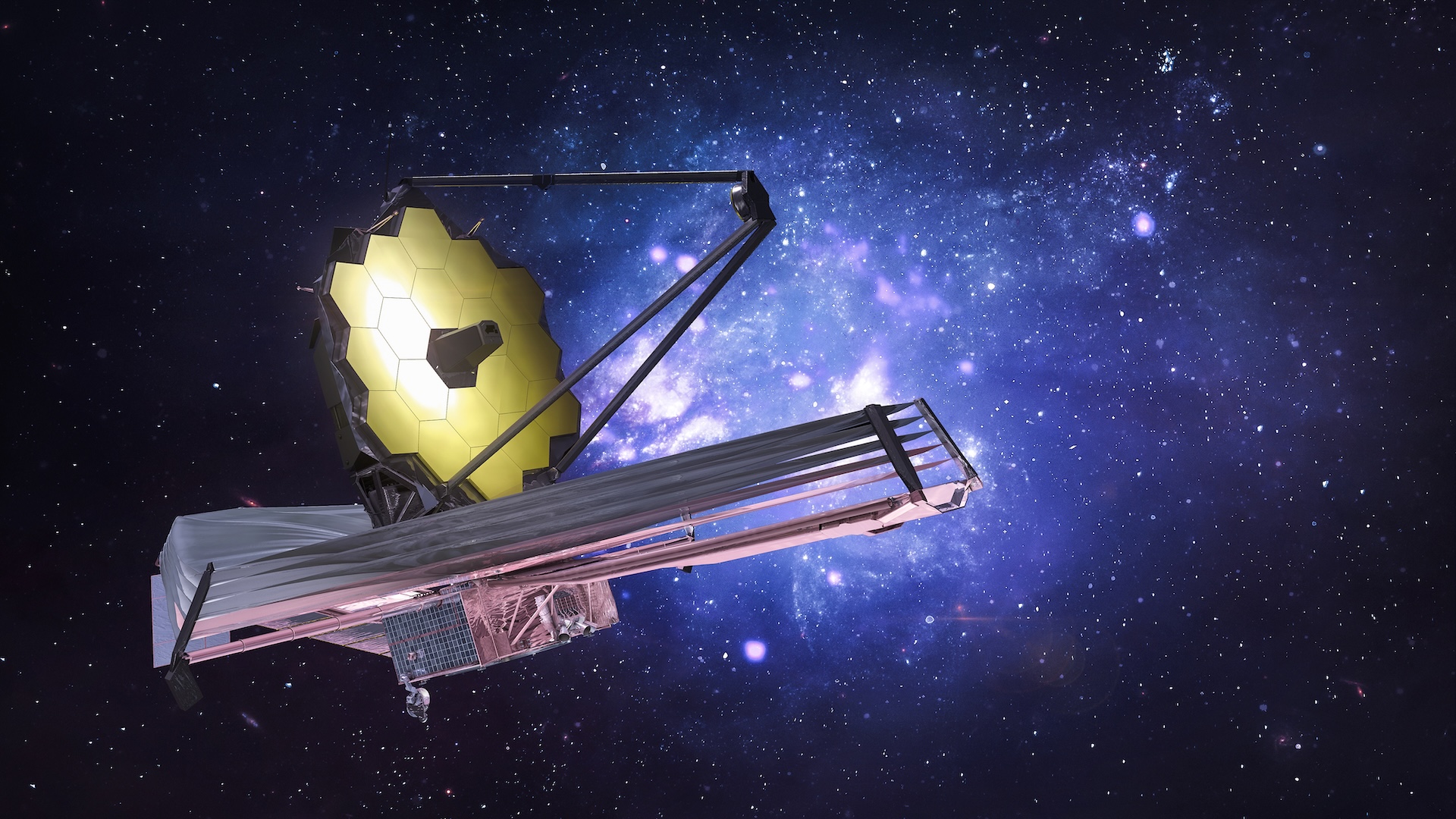Raindrops are shaped like teardrops, right? The idea of the teardrop-shaped raindrop has persisted in popular culture, but it is actually not true. That's according to a video, created by a NASA mission, revealing the anatomy of a raindrop.
High in the atmosphere, raindrops start out roughly spherical due to the surface tension of water. This surface tension is the "skin" of a body of water that binds the water molecules.
As raindrops fall, they collide with other raindrops and lose their rounded shape. Flattened on the bottom and with a curved dome on top, raindrops actually resemble a hamburger bun or a kidney bean.
Analyzing the shape of raindrops can give scientists insight into global rainfall patterns. For example, heavier, flatter drops mean heavier rainfall. The Global Precipitation Measurement (GPM) mission, led by NASA and JAXA, plans to study the sizes of raindrops with new advanced radar aboard the GPM Core Observatory, which is scheduled to launch from Japan in early 2014.
Follow Live Science @livescience, Facebook & Google+.
Get the world’s most fascinating discoveries delivered straight to your inbox.



